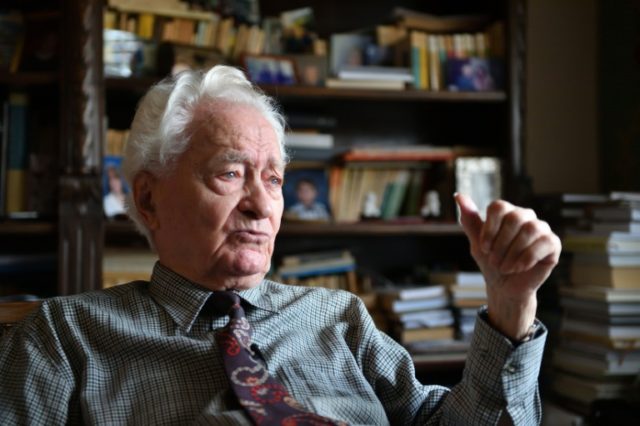Bucharest (AFP) – Engineer Eugeniu Iordachescu, who devised an ingenious method to save Romanian churches threatened with destruction during the communist era, has died aged 89, the Romanian Patriarchy announced Sunday.
Iordachescu was working as a civil engineer in the 1980s when communist dictator Nicolae Ceausescu launched a plan to build a massive “House of the People” in the centre of Bucharest.
But that involved demolishing 10 churches, some dating back to the 16th century.
Iordachescu set his mind to saving as many as he could.
“After months of wracking my brains, God enlightened me,” he told AFP in a 2017 interview.
Inspired by how waiters carrying glasses on a tray without spilling a drop, he imagined a concrete tray built under the churches.
Detached from its foundations, the church was lifted and placed on rails and moved to a new location with the help of hydraulic jacks and winches.
At least 10 of Romania’s finest churches, dating from between the 16th and 19th centuries survived thanks to Iordachescu’s system.
They include the Mihai-Voda church, built in 1594 by Prince Michael the Brave, which was moved the furthest, some 289 metres (yards).
Bulldozers razed 22 churches between 1977 and 1987, making way for Ceausescu’s grandiose plans for Bucharest, which ultimately demolished a fifth of the capital.

COMMENTS
Please let us know if you're having issues with commenting.